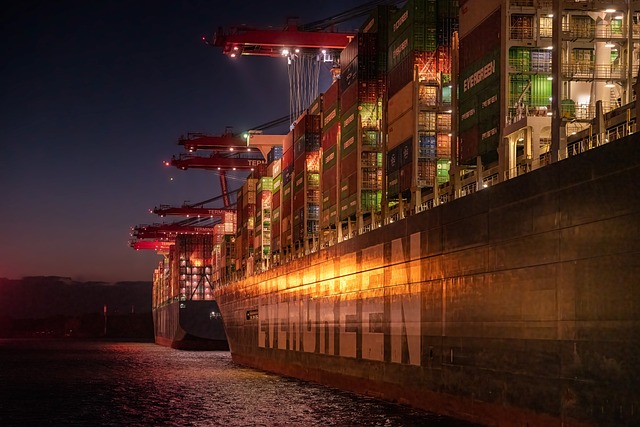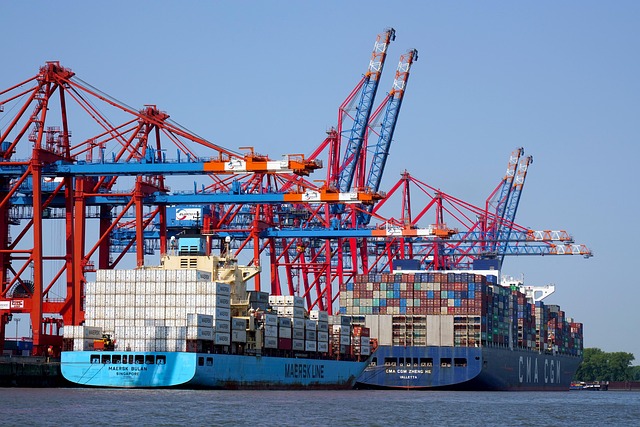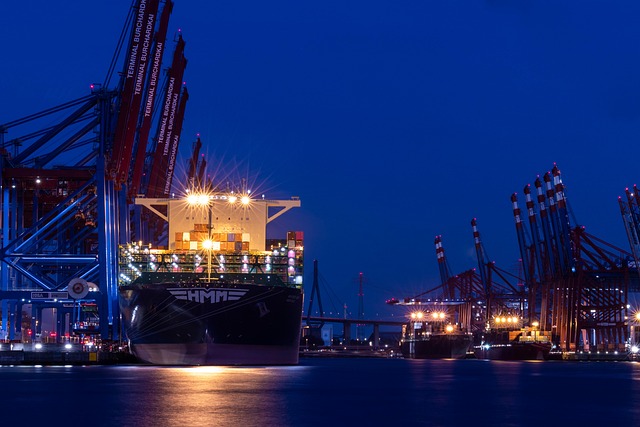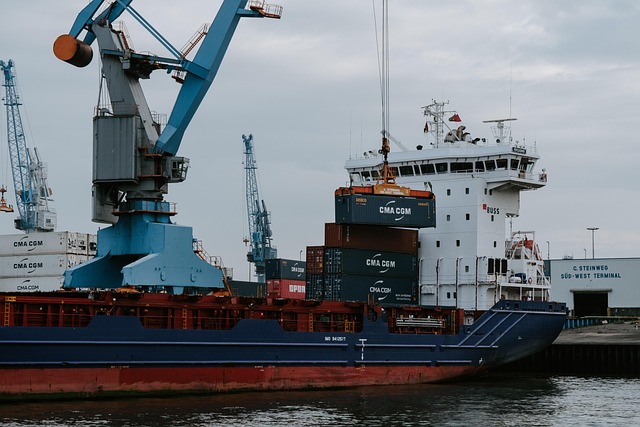One-trip cargo containers are a versatile, cost-effective shipping and storage solution designed for a single journey before return and reuse. Their sturdy construction, compact size, and minimal maintenance requirements cater to diverse logistics needs, optimizing yard space utilization through vertical stacking. With various dimensions available, these containers transform transportation and storage processes by simplifying operations and promoting sustainability, making them a popular choice in urban areas with limited space. The growing market for one-trip cargo containers promises to revolutionize logistics, offering greater flexibility, reduced costs, minimized damage, and a lower carbon footprint.
In today’s logistics landscape, efficient yard space management is paramount. This is where stackable, one-trip cargo containers emerge as a game-changer. This article delves into the world of these innovative solutions, exploring their benefits for storage optimization. From understanding the fundamentals of one-trip containers to examining advanced placement strategies, we uncover how they’re revolutionizing logistics. Additionally, we discuss future trends and environmental implications, providing a comprehensive view of this sustainable and efficient approach to cargo handling.
- Understanding One-Trip Cargo Containers: A Brief Overview
- The Challenge of Yard Space Management in Logistics
- Advantages of Stackable Containers for Efficient Storage
- Optimizing Space Utilization through Innovative Placement Techniques
- Future Trends and Environmental Impact of One-Trip Container Adoption
Understanding One-Trip Cargo Containers: A Brief Overview

One-trip cargo containers are a versatile and efficient solution for shipping and storage, designed to be used just once before being returned for reuse. Unlike traditional intermodal containers that can be transported by various modes of transport, one-trip containers are specifically built for a single journey, making them cost-effective for short-distance hauls or intra-yard movements. They are typically constructed with sturdy materials and robust designs to withstand the rigors of transportation and handling, ensuring their structural integrity throughout the supply chain.
These containers offer numerous benefits for businesses, especially in warehouse and distribution centers. Their compact size allows for more efficient stacking, maximizing yard space utilization. With various dimensions available, from standard sizes like 20-footers to high cube options, one-trip cargo containers cater to diverse shipping needs. Moreover, their single-use nature eliminates the need for extensive maintenance, making them a sustainable and affordable choice for many industries. Whether you’re looking to buy new or used containers, explore a wholesale marketplace, or find certified dealers, one-trip cargo containers are transforming logistics by simplifying transportation and storage processes.
The Challenge of Yard Space Management in Logistics

Logistics operations face a constant challenge in managing yard space efficiently, especially with the ever-growing demand for cargo handling and storage. Traditional container solutions often struggle to optimize limited real estate, leading to cluttered and less productive yards. This issue is particularly acute in dense urban areas where land is scarce and valuable. The industry’s response has been to explore innovative options, and one such game-changer are stackable one-trip cargo containers.
These specialized containers offer a compact and space-saving solution for temporary or short-term storage needs. Their unique design allows for vertical stacking, maximizing yard space utilization while ensuring secure and organized cargo handling. Unlike conventional containers that may require substantial floor area, one-trip cargo containers can be neatly stacked, providing a more efficient and flexible layout. With various sizes available, from standard to high cube dimensions, these containers cater to diverse shipping and storage requirements, making them a popular choice for logistics managers seeking to optimize their yard space while keeping operational costs down.
Advantages of Stackable Containers for Efficient Storage

Stackable one-trip cargo containers offer a multitude of advantages for efficient storage in limited spaces, such as warehouses and shipping yards. Their primary benefit lies in maximizing vertical space by stacking them on top of each other, which is especially crucial in densely packed urban areas or where real estate is premium. This compact design allows for optimized utilization of available area without the need for additional shelving or support structures.
Moreover, these containers are designed for one-trip usage, meaning they are sturdy and durable enough to be used just once before being replaced or recycled. This single-use nature reduces waste and associated costs compared to traditional reusable containers. With various dimensions and configurations available, including high cube options, businesses can tailor their storage solutions precisely to meet specific needs. Additionally, one-trip cargo containers come in different types like reefer containers for temperature-controlled shipping, ensuring versatility and adaptability across diverse industries.
Optimizing Space Utilization through Innovative Placement Techniques

Optimizing space utilization in warehouses and distribution centers has become a top priority for businesses aiming to maximize efficiency. One innovative solution gaining traction is the strategic placement of stackable one-trip cargo containers. These versatile containers offer a compact storage option, allowing for dense packing without compromising on stability. By employing creative techniques, such as vertical stacking and efficient arrangement, operators can significantly reduce floor space requirements while maintaining easy accessibility.
This method not only optimizes existing yard space but also streamlines operations by simplifying the loading and unloading process. With various sizes and designs available, from standard to high cube one-trip cargo containers, businesses can find the perfect fit for their specific needs. Purchasing or sourcing these containers, whether new or used, from reliable dealers and suppliers, ensures a cost-effective solution without sacrificing quality and durability.
Future Trends and Environmental Impact of One-Trip Container Adoption

The future of logistics and freight transportation is poised for a significant shift with the increasing adoption of stackable, one-trip cargo containers. As the demand for efficient yard space utilization grows, this innovative solution is expected to gain widespread traction. By offering a more flexible and cost-effective alternative to traditional shipping methods, one-trip cargo containers are set to revolutionize the industry. The ability to easily stack and transport these containers will streamline operations, reduce handling costs, and minimize damage during transit.
Environmentally, the trend towards using one-trip cargo containers presents several benefits. Firstly, it reduces the carbon footprint associated with frequent container reconfiguration and transportation by minimizing the need for multiple trips. Additionally, the use of eco-friendly materials in construction can lower overall environmental impact. With many suppliers now offering new and certified one-trip cargo containers, along with a growing marketplace for used units, businesses have access to a diverse range of options at competitive pricing (one-trip cargo container for sale, buy one-trip cargo containers). This shift not only optimizes space but also contributes to a greener logistics sector.
One-trip cargo containers offer a revolutionary solution to the age-old challenge of yard space management in logistics. By understanding the advantages and innovative placement techniques of stackable containers, businesses can optimize their storage efficiency, reduce costs, and contribute to environmental sustainability. As the adoption of these containers gains momentum, we can expect further advancements and positive impacts on the industry, making them an essential component of modern supply chain management.
